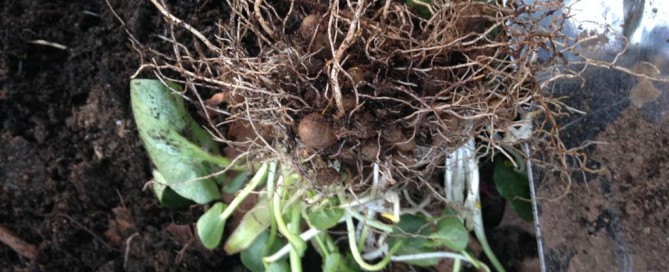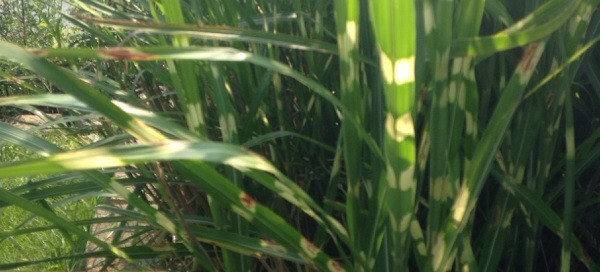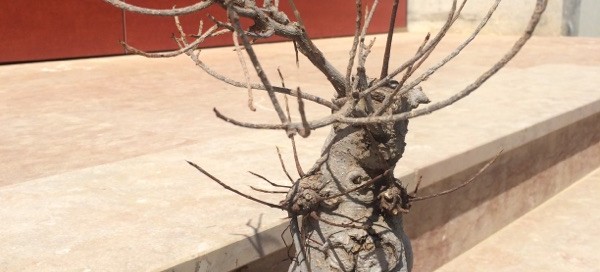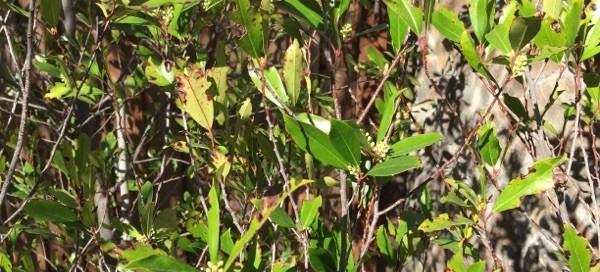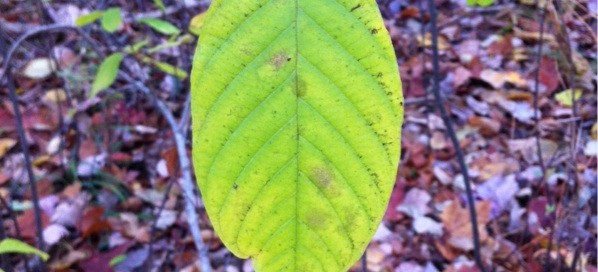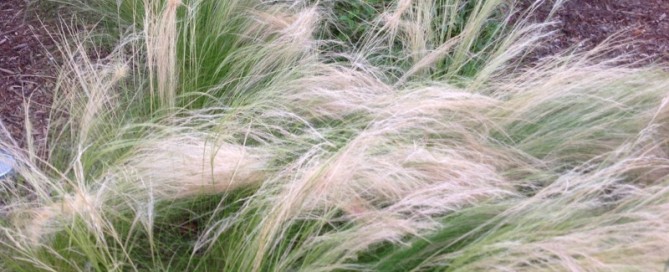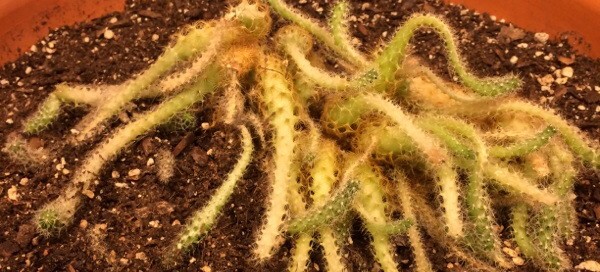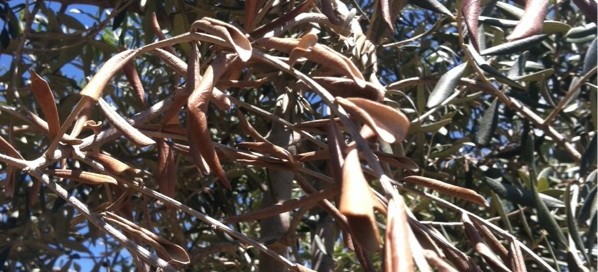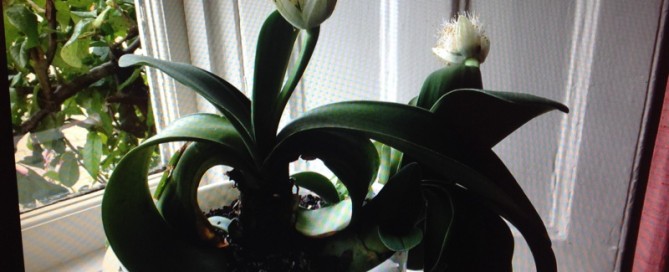Lesser Celandine
This is a plant called lesser celandine, or fig buttercup. The botanic name used to be Ranunculus ficaria, and you'll still see it listed as such in several sources. The plant is found throughout Europe and west Asia and is now introduced in North America, where it is considered invasive in several states. Although it dies back when the weather warms, since it emerges so early it has an advantage over other plants and will choke out things in your garden as well as native wildflowers. If you wish to remove it before it takes over your entire yard, dig with a shovel so that you get the tuber-roots, and place it in garbage bags in the sun for many days to dry it before sending it out with the garbage or burning it. Many choose to use an herbicide on this pest that will kill the roots as well as the foliage and if you want to go that route go to your local garden center for product recommendations. Read more about this plant here: http://www.nps.gov/plants/alien/fact/rafi1.htm
